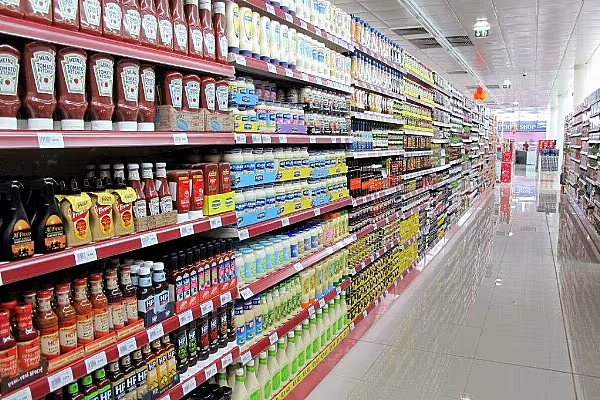Consumers choose the retailers they shop with primarily for convenience such as location, José Carlos González-Hurtado, president of IRI International, writes for ESM.
They are loyal to brands, not stores. Despite this retailers have not given due strategic consideration to the critical issue of building and maintaining loyalty. With real pressures on margins that have created price wars in some countries, this lack of focus has never been more apparent. Retailers may be closer to more data on customer behaviour, but it is FMCG manufacturers that have spent years building strategic, analytical and consumer-centric organisations.
Make loyalty a priority
Most manufacturers have got deep understanding of the importance of consumer loyalty. Retailers, on the other hand, consider their job done when they have a loyalty programme proudly sharing the number of members - when in reality every household has many different loyalty cards. No wonder shoppers are not as fiercely loyal to particular retailers as they are to some brands.
Base decisions on consumer feedback
For many years, manufacturers have successfully created business processes that transform data into information, and information into actionable knowledge. With access to a significantly greater amount of consumer data, retailers are in the best position to listen to consumers’ demands and answer them fast, but they rarely transform data into insight. Like manufacturers, retailers should give marketing power, and make market analytics and consumer research a core part of the business.
Differentiate yourself
Being different is a pre-requisite for gaining brand loyalty. One highly effective loyalty strategy for making a brand unique is to ‘divide your market in two, and stand alone in one half of it’. For example, Head and Shoulders was a small brand when Procter and Gamble acquired it. It became the world’s largest haircare brand after splitting the shampoo market into ‘normal’ and ‘anti-dandruff’. It won by owning 50 per cent of the potential choices.
Develop a plan to win the ‘3 D-Days’
Consumers act in three different dimensions – as householders, customers and consumers – and take three decisions, which are the steps that lead to brand loyalty.
D-Day 1: The consumer - as a household member - writes the shopping list, and decides where to shop. To win, a retailer must be chosen as the place to shop, but also ideally get its own brand products on the list. Manufacturers are adept at this – for instance, when the consumer writes ‘Tide’ instead of ‘detergent’. If the consumer writes ‘Finest coffee’ instead of simply ‘coffee’, they are implicitly deciding to ‘go to Tesco’. Constant innovation and investment in advertising is important.
D-Day 2: The consumer - in the role of a customer - goes shopping. The retailer brand is on the shelf, alongside manufacturer brands. You win this day through placement – which allows the customer to find your brand, price and packaging easily within seconds.
D-Day 3: The consumer opens the pack and uses the product. The key to winning this day is creating delight, by delivering the brand promise in a sublime way, or providing an additional and unexpected benefit. The consumer is surprised, the experience is memorable, the ‘special connection’ of respect and love is built.
It is not easy for a retailer to retain hard-gained loyalty. The solution is to be strategic about consistently winning those 3 D-Days, with product innovations, better placement and value through quality to establish and preserve customer loyalty.
2015 ESM - European Supermarket Magazine - your source for retail news. To subscribe to ESM: The European Supermarket Magazine, click here.














